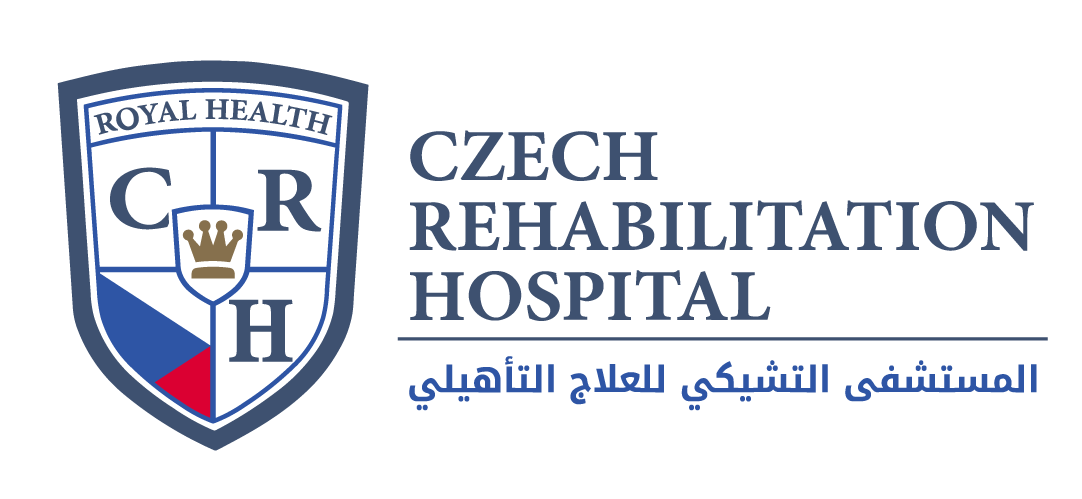
Is a specialized form of therapy intended to alleviate both the primary and secondary problems caused by vestibular disorders. It is an exercise-based program primarily designed to reduce vertigo and dizziness, gaze instability, and/or imbalance and falls. For most people with a vestibular disorder the deficit is permanent because the amount of restoration of vestibular function is very small. However, after vestibular system damage, people can feel better and function can return through compensation. This occurs because the brain learns to use other senses (vision and somatosensory, i.e. body sense) to substitute for the deficient vestibular system. The health of particular parts of the nervous system (brainstem and cerebellum, visual, and somatosensory sensations) is important in determining the extent of recovery that can be gained through compensation.
Our Approach
At the hospital, our interdisciplinary team of rehabilitation specialists focuses on individual needs and rehabilitation goals. We understand that each patient brings a unique set of symptoms.
Treatment, Technology & Research
At the hospital, our goal is to use a problem-oriented approach to promote compensation. This is achieved by customizing exercises to address each person’s specific problem(s). Therefore, before an exercise program can be designed, a comprehensive clinical examination is needed to identify problems related to the vestibular disorder. Depending on the vestibular-related problem(s) identified.
Three principal methods of
exercise can be prescribed:
- Habituation.
- Gaze Stabilization.
- Balance Training.
Our patient
Patients typically referred for vestibular rehabilitation therapy are those diagnosed with dizziness, imbalance, vertigo, Meniere’s syndrome, benign paroxysmal positional vertigo (BPPV), neck-related dizziness and migraines. Other candidates are patients who have had a stroke or brain injury or who frequently fall.
Common symptoms that can be helped with vestibular rehabilitation include:
- Dizziness or blurry vision with head movements
- Neck tightness, stiffness and/or pain
- Imbalance or the need to hold onto objects when walking
- Headaches
- Frequent falls
- Generalized “dizziness, wooziness and foggy head” feelings
- Vertigo/spinning
At your appointment, a physical therapist will evaluate your symptoms and review your medical history. Your assessment will include all or part of the following areas:
- Balance and/or leg strength/flexibility
- Gait (how you walk)
- Visual stability and mobility
- Neck mobility and neck and arm strength
- Positional testing, including an inner ear exam
Based on the findings, a plan of care is developed. The goal of your treatment plan is to improve any deficits that were identified. This, in turn, will improve your ability to function in activities of everyday living, reduce your risk for falling and ultimately, improve your quality of life.
Outcomes
Evidence has shown that vestibular rehabilitation can be effective in improving symptoms related to many vestibular (inner ear/balance) disorders. People with vestibular disorders often experience problems with vertigo, dizziness, visual disturbance, and/or imbalance. These are the problems that rehabilitation aims to address. Other problems can also arise that are secondary to vestibular disorders, such as nausea and/or vomiting, reduced ability to focus or concentrate, and fatigue.
Symptoms due to vestibular disorders can diminish quality of life and impact all aspects of daily living. They also contribute to emotional problems such as anxiety and depression. Additionally, one of the consequences of having a vestibular disorder is that symptoms frequently cause people to adopt a sedentary lifestyle in order to avoid bringing on, or worsening, dizziness and imbalance. As a result, decreased muscle strength and flexibility, increased joint stiffness, and reduced stamina can occur.
Treatment strategies used in rehabilitation can also be beneficial for these secondary problems.


